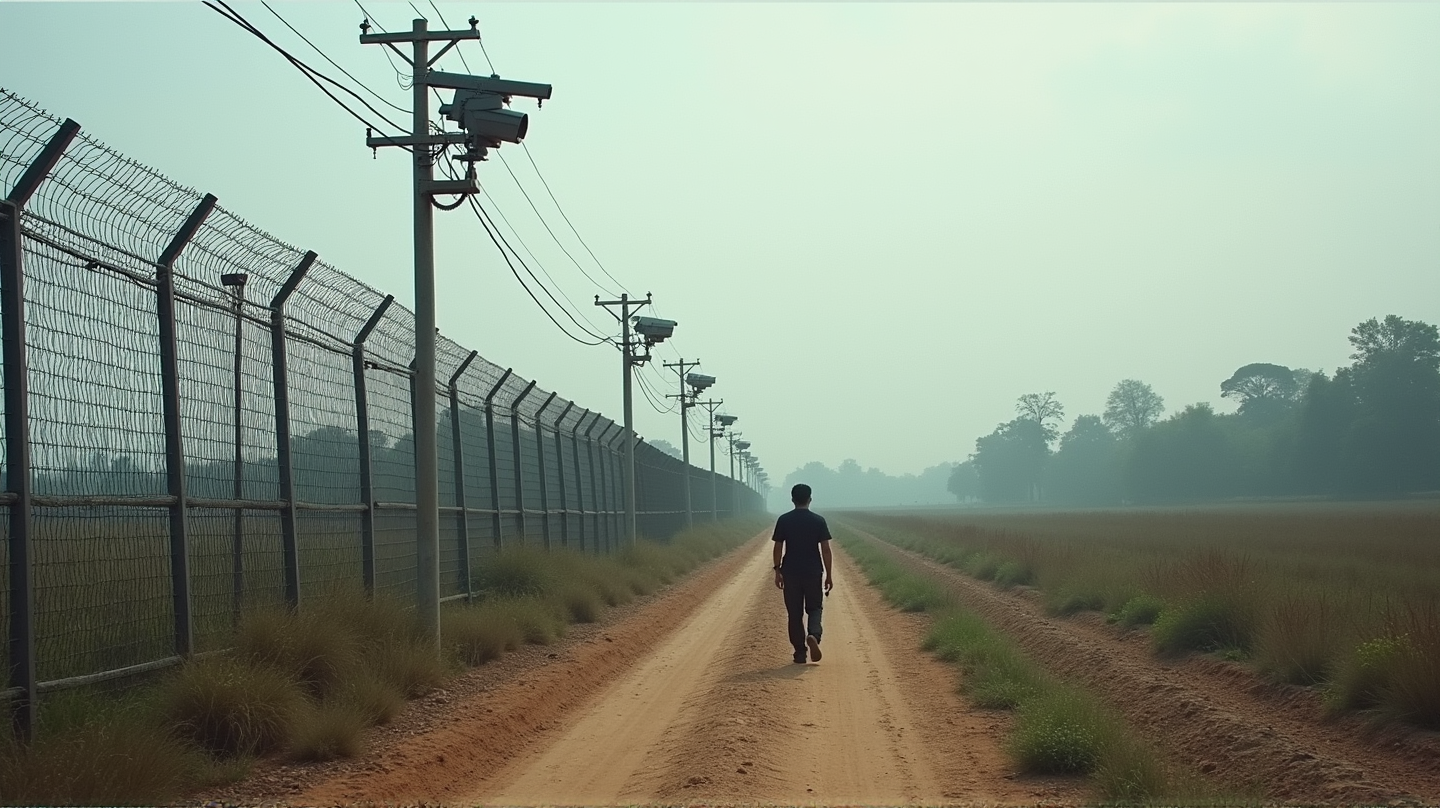Thailand’s National Security Council (NSC) has given the green light to an ambitious plan — constructing a high-tech fence along the Thai-Cambodian border. This move signals a decisive approach to counter rising cross-border crime and bolstor national security measures, reflecting the public sentiment and governmental urgency to tackle these pressing concerns.
Strategic Deployment Led by Royal Thai Armed Forces
In a significant decision made on September 2, the NSC designated the Royal Thai Armed Forces (RTARF) to spearhead the project. The RTARF will delineate construction zones, taking into account the strategic and geographical uniqueness of each area. This initial phase will focus on a 23.6-kilometer stretch in Sa Kaeo province, already demarcated by natural waterways and free from territorial disputes — paving the way for immediate fence construction.
Modern Security Solutions
The core of this project is the development of an “electronic fence,” bolstered by advanced CCTV systems for 24-hour surveillance. Sensitive areas will be under constant watch, deterring unlawful activities and safeguarding the border. The initial implementation began with the installation of a surveillance tower at Border Post 50, a milestone marking the transition to technologically advanced security solutions in the region.
Public Enthusiasm and Government Assurance
Support for the fence transcends mere approval, demonstrated by the Hathaithip Fund’s accumulation of over 100 million baht in public contributions. This uncommon level of grassroots enthusiasm underscores the collective desire for enhanced security, leading Prime Minister and military officials to assertively back the initiative.
Delicate Balancing of Security and Diplomacy
Opposition viewpoints, notably from the People’s Party leader Natthaphong Ruengpanyawut, call for a meticulous evaluation of the project based on the specific needs of each locale. This careful balancing act continues with dialogues facilitated by former Interior Minister Phumtham Wechayachai, emphasizing the need for cooperative resolution through the General Border Committee engagements.
Local communities, directly impacted by border instability, express robust support for the fence, recognizing it as a necessary measure towards achieving daily security and readiness to contribute towards its realization.
Lessons from Thai-Malaysian Boundary Experiences
This is not Thailand’s first venture into securing its borders with fences. Successful initiatives along the Thai-Malaysian line serve as foundational precedents. These include both joint and unilateral efforts with varied fencing styles extending over 110 kilometers.
Drawing from these past experiences, the Thai-Cambodian fence embodies a step forward in realizing systematic, yet amicable border fortification. This project transcends beyond height and breadth, aiming to integrate military strength with thriving socio-economic cross-border relations.
As the government navigates the complexities of national defense and international diplomacy, the focus remains on creating a cohesive security paradigm that resonates with modern strategic imperatives and communal safety aspirations. According to Nation Thailand, this project underscores Thailand’s progressive stance in securing its borders.
